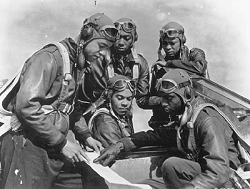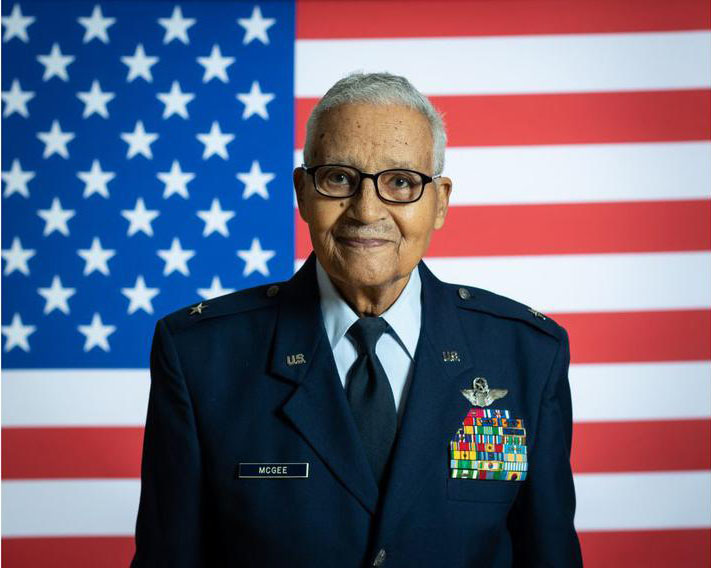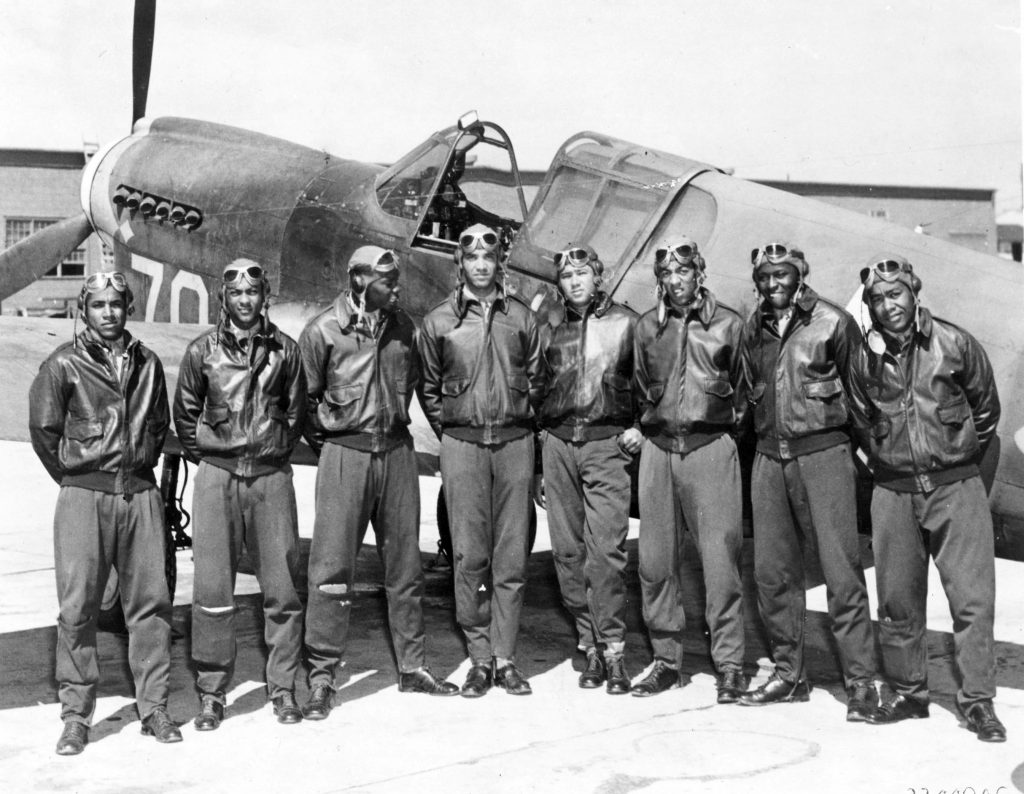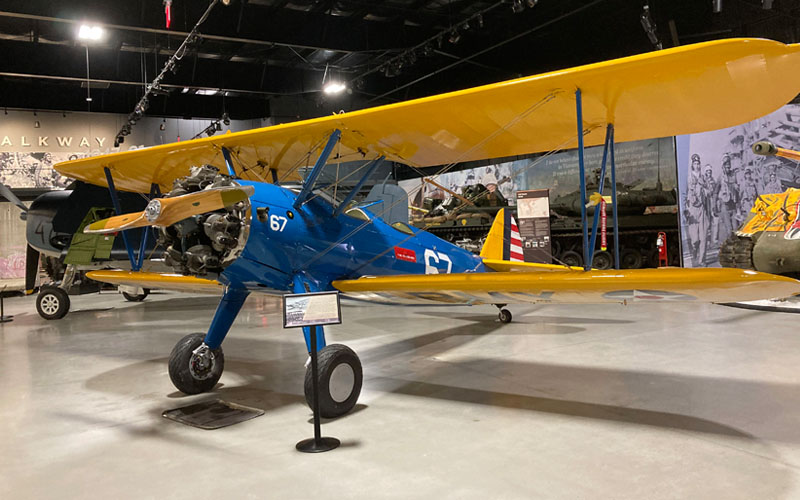Each February, National Black History Month serves as both a celebration and a powerful reminder that Black history is American history. These stories and legacies are essential to understanding the history of America — our faults, our struggles, our progress, and our aspirations.
The American Heritage Museum will concentrate on four Black History profiles from WWII through the month of February. Our second segment focuses on the Tuskegee Airmen, a group of primarily African American military pilots and airmen who fought in World War II. They formed the 332d Expeditionary Operations Group and the 477th Bombardment Group of the United States Army Air Forces.
The Tuskegee Airmen were the first Black military aviators in the U.S. Army Air Corps (AAC), a precursor of the U.S. Air Force. Trained at the Tuskegee Army Airfield in Alabama, they flew more than 15,000 individual sorties in Europe and North Africa during World War II. Their impressive performance earned them more than 150 Distinguished Flying Crosses and helped encourage the eventual integration of the U.S. armed forces.
Young African Americans who aspired to become pilots met with significant obstacles, starting with the widespread (racist) belief that Black people could not learn to fly or operate sophisticated aircraft. Before the Tuskegee Airmen, no African American had ever been a United States military pilot. The Jim Crow laws, a series of racist laws that enforced the “separate but equal” treatment of African Americans, were used as justification for blocking previous attempts by African American soldiers to become pilots. First Lady  Eleanor Roosevelt was very interested in the work at the Tuskegee Institute, particularly in the aeronautical school. She raised about $175,000 (outside of government) to get the program off the ground. African Americans served bravely and with distinction in every theater of World War II, while simultaneously struggling for their own civil rights from “the world’s greatest democracy.” Although the United States Armed Forces were officially segregated until 1948, WWII laid the foundation for post-war integration of the military. In 1941 fewer than 4,000 African Americans were serving in the military and only twelve African Americans had become officers. By 1945, more than 1.2 million African Americans would be serving in uniform on the Home Front, in Europe, and the Pacific (including thousands of African American women in the Women’s auxiliaries).
Eleanor Roosevelt was very interested in the work at the Tuskegee Institute, particularly in the aeronautical school. She raised about $175,000 (outside of government) to get the program off the ground. African Americans served bravely and with distinction in every theater of World War II, while simultaneously struggling for their own civil rights from “the world’s greatest democracy.” Although the United States Armed Forces were officially segregated until 1948, WWII laid the foundation for post-war integration of the military. In 1941 fewer than 4,000 African Americans were serving in the military and only twelve African Americans had become officers. By 1945, more than 1.2 million African Americans would be serving in uniform on the Home Front, in Europe, and the Pacific (including thousands of African American women in the Women’s auxiliaries).
The Collings Foundation / American Heritage Museum acquired one of two known remaining PT-17s used to train Tuskegee pilots. Our Stearman (s/n 41-25454) is currently on display inside the museum. The other is in the Smithsonian. Stearman 41-25454 has a well-documented history. The U.S. Army accepted the aircraft from Boeing’s Wichita Division in 1942. It was transferred to Tuskegee Institute Field, Alabama in 1943.
If you would like to see the Tuskegee Stearman on display in the American Heritage Museum we suggest you visit soon. Stearman 41-25454 will be transferred to the Airforce Museum in Dayton, Ohio later this year. To see more information on this extraordinary aircraft click here.
 Charles McGee (photo left), the last surviving Tuskegee Airmen pilot, has just passed away on January 16th, 2022. Brigadier General Charles Edward McGee was an American fighter pilot who was one of the first African American aviators in the United States military. For his service, McGee received the Distinguished Flying Cross with two oak leaf clusters and the Bronze Star Medal, along with many other military honors. In 2007, as a member of the Tuskegee Airmen, McGee received the Congressional Gold Medal. In 2011, he was inducted into the National Aviation Hall of Fame and in February 2020, was promoted from colonel to brigadier general.
Charles McGee (photo left), the last surviving Tuskegee Airmen pilot, has just passed away on January 16th, 2022. Brigadier General Charles Edward McGee was an American fighter pilot who was one of the first African American aviators in the United States military. For his service, McGee received the Distinguished Flying Cross with two oak leaf clusters and the Bronze Star Medal, along with many other military honors. In 2007, as a member of the Tuskegee Airmen, McGee received the Congressional Gold Medal. In 2011, he was inducted into the National Aviation Hall of Fame and in February 2020, was promoted from colonel to brigadier general.
For more reading on the Tuskegee Airmen see:
https://en.wikipedia.org/wiki/Tuskegee_Airmen
https://www.tuskegeeairmen.org/
https://www.britannica.com/topic/Tuskegee-Airmen





